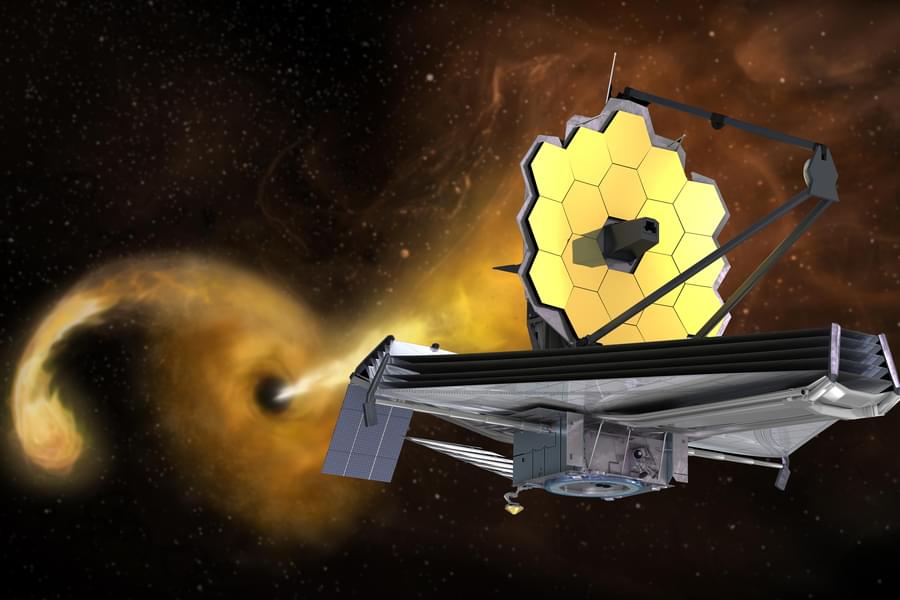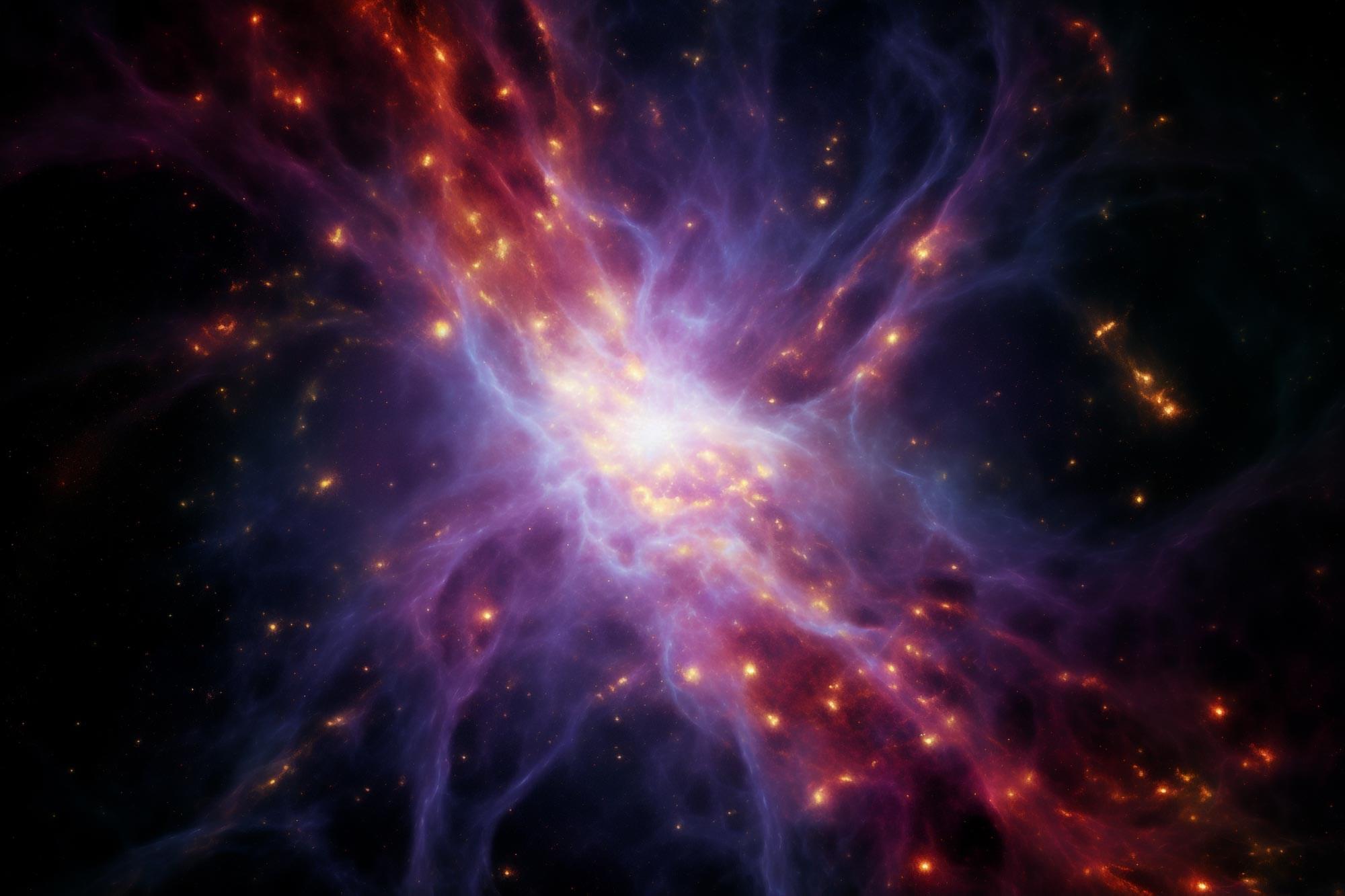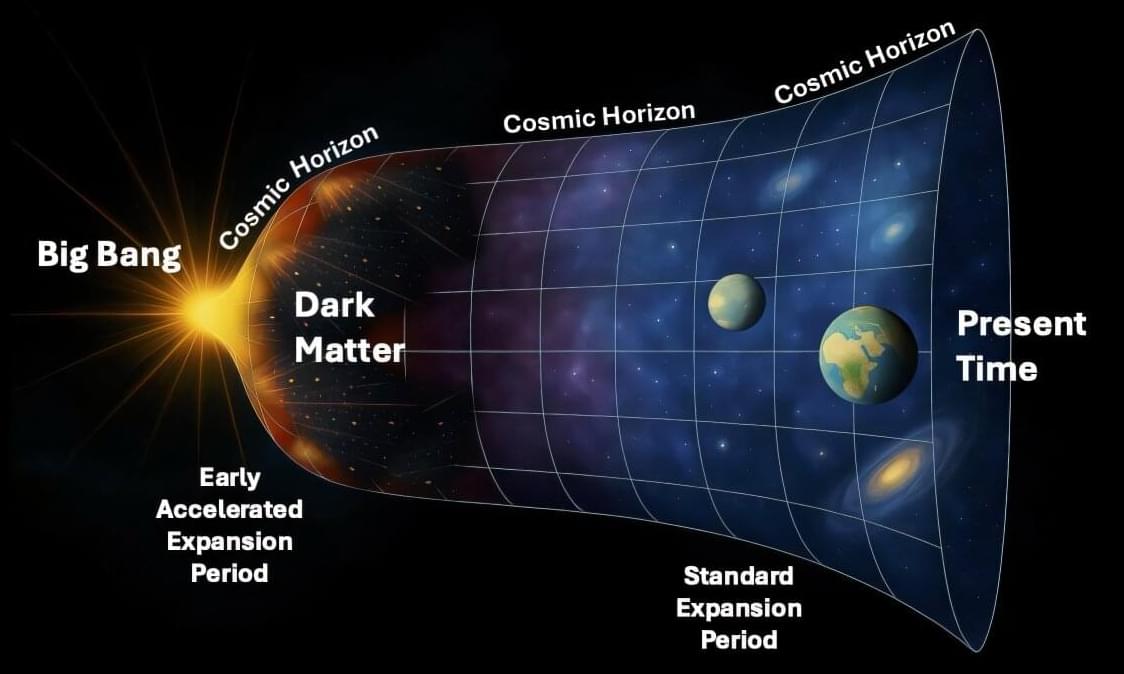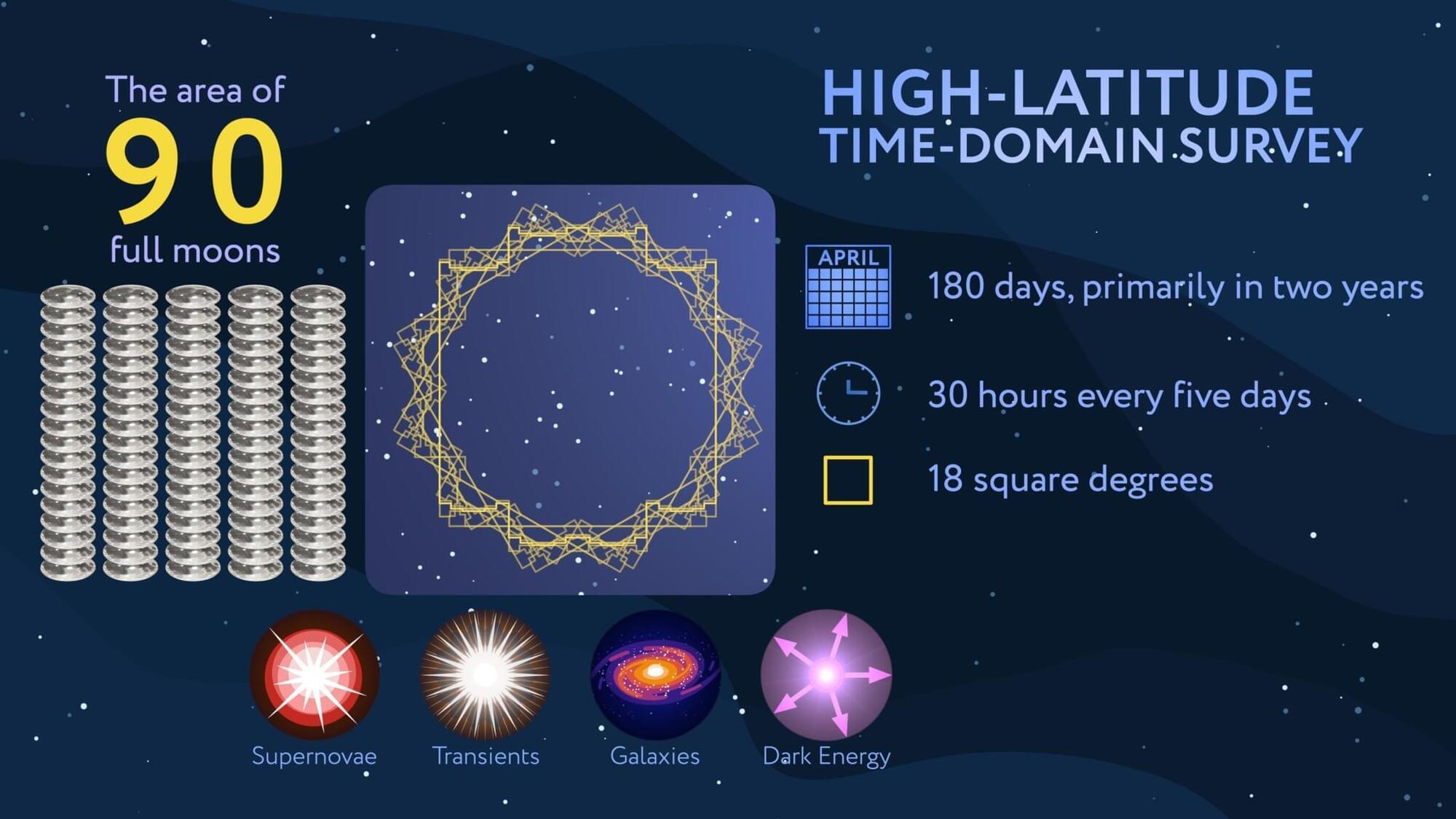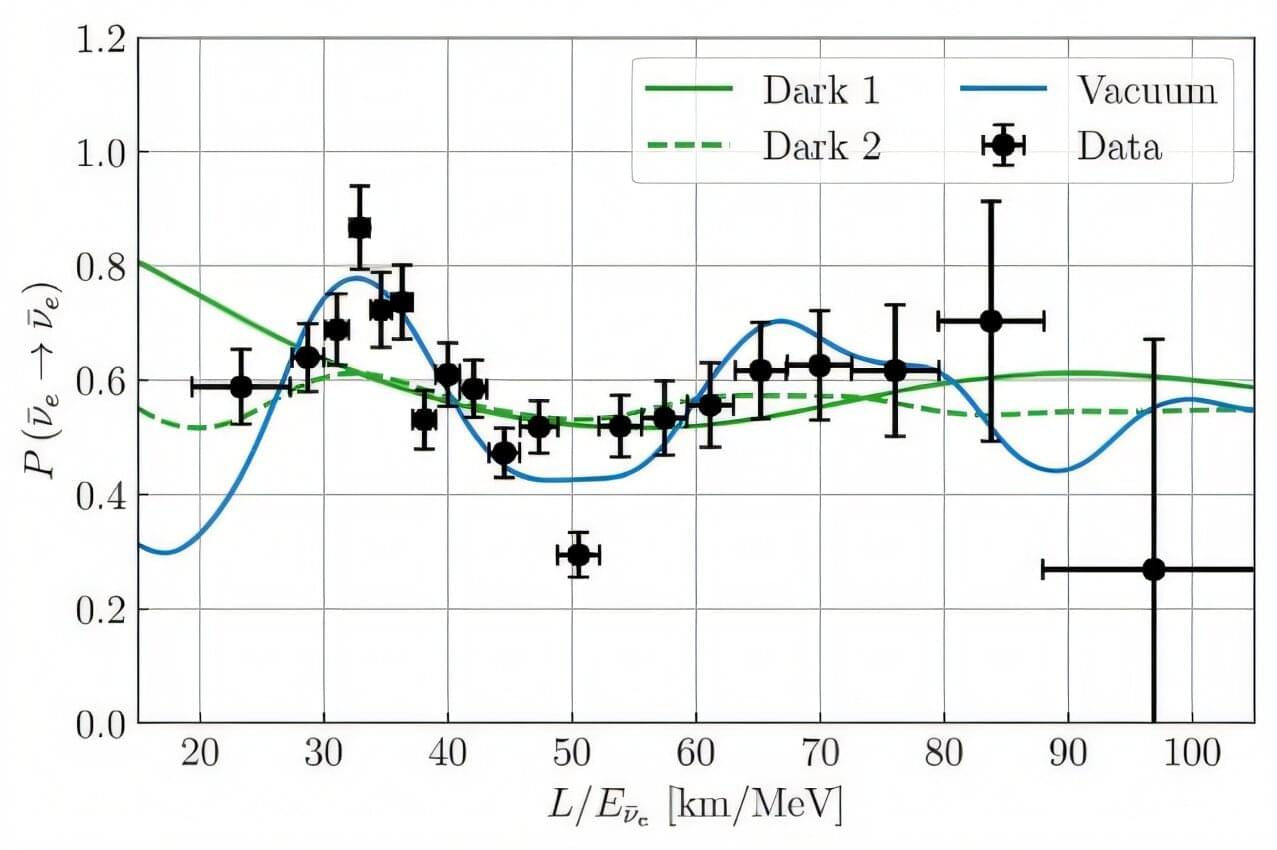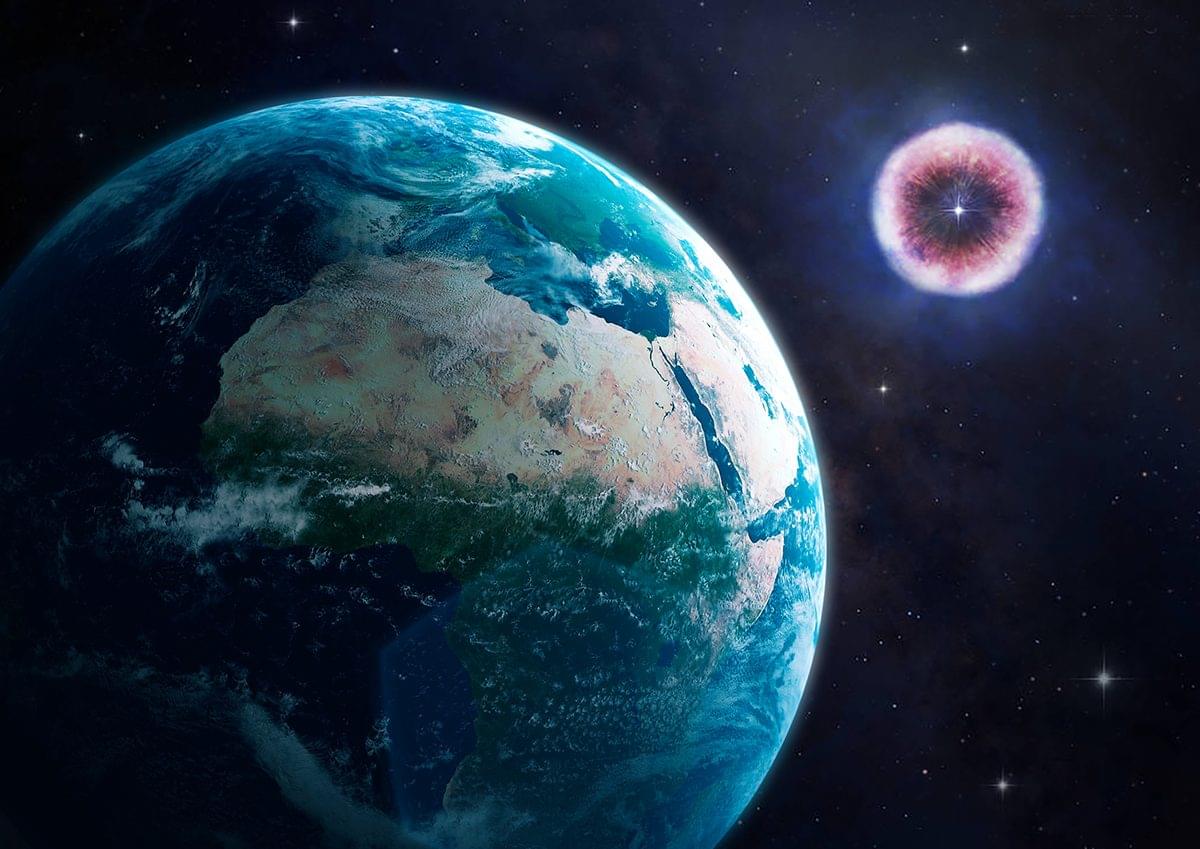Since conventional explanations have failed to pony up dark matter, one physicist is looking towards the unconventional.
In a series of two papers, physicist Stefano Profumo of the University of California, Santa Cruz has proposed two strange, but not impossible, origins for the mystery material responsible for the excess gravitational effects we see out there in the Universe.
In the first, published in May 2025, he proposes that dark matter could have been born in a dark matter ‘mirror’ of our own Universe, where matter is made of dark versions of particles akin to our protons and neutrons.

